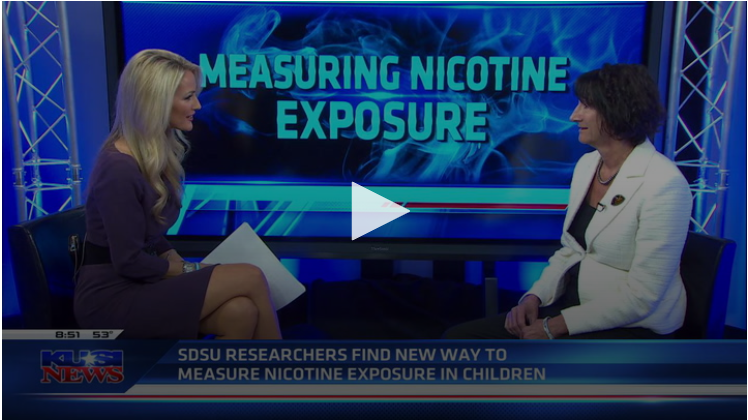SAN DIEGO (KUSI) – A team of researchers from SDSU said they have found silicone wristbands to be an effective way to measure children’s exposure to second-hand smoke.
Jenny Quintana and her research team at San Diego State University’s School of Public Health, have developed wristbands children can wear as an effective tool to measure nicotine exposure. Similar wristbands have been used to measure exposure to other toxic chemicals like pesticides and flame retardant, but never before for second-hand smoke exposure in children.
“It is important to measure exposure in all groups, but children are often overlooked because it’s difficult to test them,” said Quintana, an SDSU professor. “Children are more challenging than adults, but if you don’t measure exposure well, you will not be able to tell if interventions or policy changes or other things actually worked and had an effect.”
“We were extremely surprised with how well the data correlated,” said Quintana. “It is also amazing how well this worked with such simple instructions. We just told the kids to wear the wristbands.”
Quintana and her team determined that these silicone wristbands may become a useful tool for epidemiology and intervention studies of tobacco product exposure in children and adults in the future. Their findings are detailed in an article in the Journal of Exposure Science & Environmental Epidemiology.
“This is all exciting because it can potentially measure exposure in adults and exposure to more than just nicotine,” said Quintana. “We can now think about using these wristbands to measure other compounds such as car or truck exhaust and other air pollutants in impacted communities.”
Quintana’s work is representative of long-term efforts by SDSU researchers to measure second- and third-hand smoke in people of all ages.






